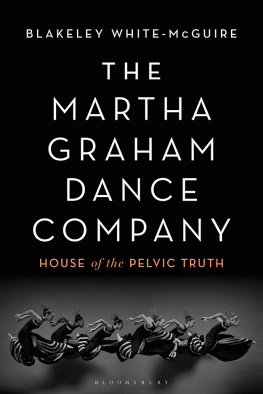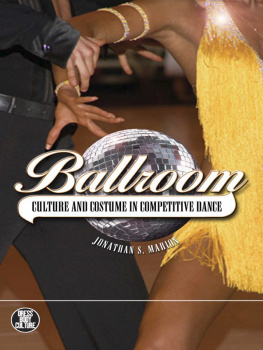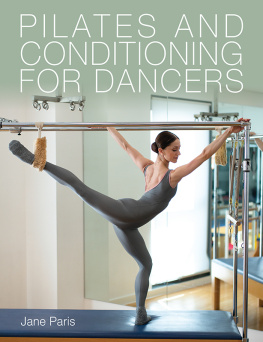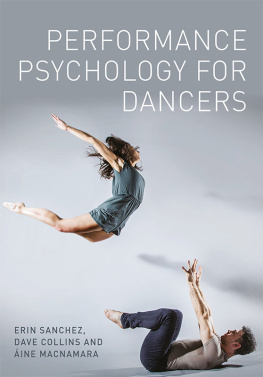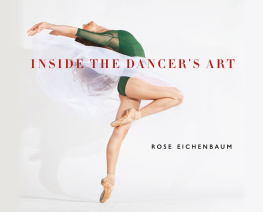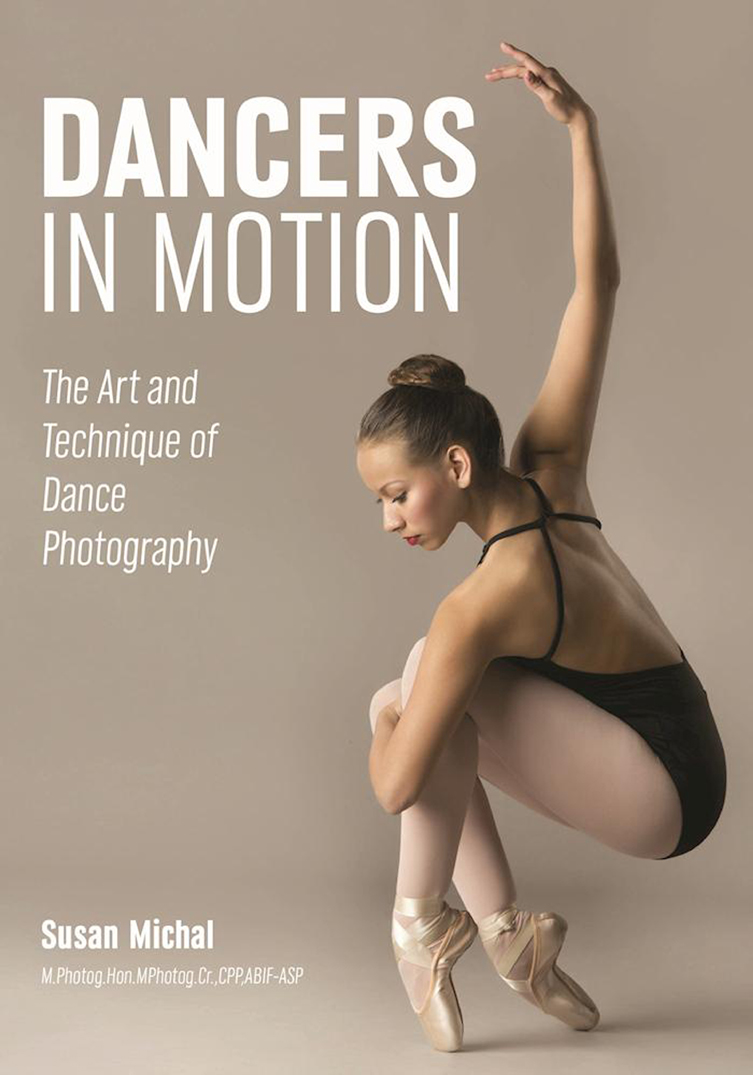
S usan Michal is an internationally published, award winning portrait artist. Her adorable and unique photographic images have been used in calendars, greeting cards and posters around the world. She is a respected lecturer both in her community and within professional photographic associations. Susan holds the Master Craftsman Degree in photography and is certified by the Professional Photographers of America. She is an ASP fellow, one of only nineteen women to hold this distinction from the American Society of Photographers. She has been named North Floridas photographer of the year and is an active member of Professional Photographers of North Florida and Professional Photographers of America. She has won numerous awards including Best of Show at Southeast Professional Photographers. Susan is a past president of Professional Photographers of America and is a member of the Society of Twenty Five.
Copyright 2017 by Susan Michal
All rights reserved.
All photographs by the author unless otherwise noted.
Published by:
Amherst Media, Inc., P.O. Box 538, Buffalo, N.Y. 14213
www.AmherstMedia.com
Publisher: Craig Alesse
Senior Editor/Production Manager: Michelle Perkins
Editors: Barbara A. Lynch-Johnt and Beth Alesse
Acquisitions Editor: Harvey Goldstein
Associate Publisher: Kate Neaverth
Editorial Assistance from: Ray Bakos, Rebecca Rudell, Jen Sexton
Business Manager: Adam Richards
ISBN-13: 978-1-68203-207-7
Library of Congress Control Number: 2016952108
10 9 8 7 6 5 4 3 2 1
No part of this publication may be reproduced, stored, or transmitted in any form or by any means, electronic, mechanical, photocopied, recorded or otherwise, without prior written consent from the publisher.
Notice of Disclaimer: The information contained in this book is based on the authors experience and opinions. The author and publisher will not be held liable for the use or misuse of the information in this book.

www.facebook.com/AmherstMediaInc / www.youtube.com/AmherstMedia / www.twitter.com/AmherstMedia
AUTHOR A BOOK WITH AMHERST MEDIA!
Are you an accomplished photographer with devoted fans? Consider authoring a book with us and share your quality images and wisdom with your fans. Its a great way to build your business and brand through a high-quality, full-color printed book sold worldwide. Our experienced team makes it easy and rewarding for each book soldno cost to you. E-mail today!
Table of Contents
Guide
CONTENTS

D oing something you love for a living is a tremendous gift. I have been fortunate to support myself as an artist my entire life, first as a professional musician and then as a photographer. I am in awe of all it has allowed me to do. I am grateful, and I get to touch others lives as deeply as they have touched mine by allowing me to photograph them. Never take for granted the gifts you have been given.
I first started photographing dancers nearly fifteen years ago. A studio client owned a dance school and asked me if I would be willing to photograph the schoolmore than 275 childrenand I was bitten by the dance bug. (I mean, what is more beautiful than a four-year-old in a tutu:) After a twenty-year career in the music business, photographing dancers was a natural fit for me. I used every opportunity to learn more and, in time, I was asked to photograph advanced and professional dancers.
Photographing a dance school is similar to the volume photography of an academic school with regard to post-production and organization, but is very different in an artistic view. Dance schools can provide a good income for a set part of the year. It would be ideal if this stream of revenue could be spread out, but most want to be photographed right before recital seasonMarch through mid-Junerequiring you to be on top of your competitive game. Photographing dance schools provides a never-ending channel for new studio business. You can expect families, children, and seniors.
In this book, I will share with you how I work with my dance schools and more advanced dancers. I have focused on information about photographing dancers and left the business side of operations for another book.
Although, I consider myself a natural-light shooter, I prefer to use studio lighting using a classic style background because this emphasizes the lines of a dancers body. Occasionally, I do enjoy working in an old warehouse or cool location, especially if it is part of a senior session. I have done underwater photography with dancersnow thats a challenge! Whatever the situation, I love to photograph a dancer. Truthfully, I am a by-the-seat-of-my-pants kind of girl! I like to change things up, and I am not afraid to try something new. The only way this can be done successfully is by managing your equipment skillfully
Visit Susan Michal at:
EandSProductions.com
SusanMichalPhotography.com
SusanMichalFineArt.com
Or contact at:
904-2628892
I use Canon cameras. My favorite camera is a top of the line sports camera. I usually buy them the minute they hit the streets because I always want the best and the fastest. Most of the images in this book were taken with the Canon EOS-1D X camera. For dance school assignments, I use a Canon 24105 lens. When working with advanced dancers I prefer my EF 70200mm f/4L if I have enough room. Its much lighter than my favorite lens, its heavy brother the EF 70200mm f/2.8L.
In the studio I shoot at f/5.6, and though shutter speed is irrelevant, I usually have it set at 
 of second. When outside my favorite settings are f/4 to f/5.6 with at least a
of second. When outside my favorite settings are f/4 to f/5.6 with at least a 
 shutter speed. I will use whatever ISO I need to get to those settings. As it gets darker, I will change the aperture before I change my shutter speed.
shutter speed. I will use whatever ISO I need to get to those settings. As it gets darker, I will change the aperture before I change my shutter speed.
For dance school assignments, I use a foldable 46-foot softbox from Denny Manufacturing and two large strip boxes. I use honeycomb grids, in most situations and add a hair light when ceiling space allows for it. I add a large white Lastolite reflector to bounce light into the shadows.

When working with advanced and professional dancers, I prefer a bit more dramatic lighting, but still want to give the dancers a little room to move. I use two 86-inch soft silver umbrellas with two large strip boxes for accent lighting. I will move these lights around if needed.
I prefer a 12-foot canvas backdrop when possible and love my David Mahue backgrounds. The one featured most in the images of this book is called Sand.
I hate using a tripod when working with dancers. It is too restricting. If I do its a Bogen carbon fiber, with a large ball head. However, in a dance school I always use a stand that can move with me to take some of the weight off of my body. I use a Studio Titan Side Kick. Trust me, its too much when you are three days in to an assignment with two more to go! I have a 12-foot trailer that is my best friend for dance schools, and I could not work without it.


